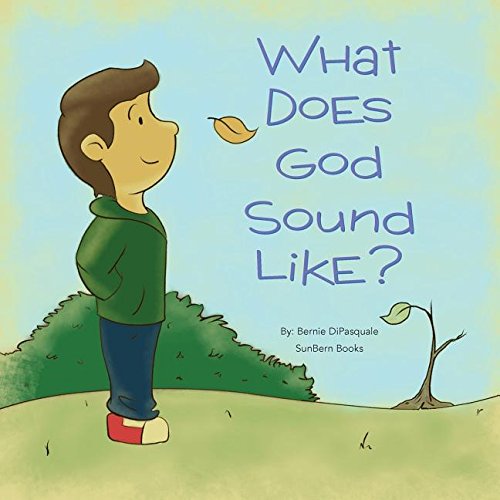At Rosewood, our specialty is the treatment of eating disorders. However, very rarely does someone present with just an eating disorder. It is common that comorbid issues are also present. Dr. Nicole Garber, Rosewood’s Chief of Pediatric and AdolescentEating Disorders, shares her expertise on teens and self-injurious behavior – a common co-occurring issue with teens and eating disorders.
Typical Scenario
Maria comes into the office with her mother. Maria looks tired and will not make eye contact as she sits down. Before the door is even closed, her mother says in almost hysteric tones, “Show her, show her what you have been doing!” Hesitantly Maria pushes up the sleeve of her shirt to reveal several linear, superficial cuts that were self-inflicted. Her mother sits down looking frustrated and says “I just don’t understand, how she can be hurting herself”.
The above is a scene that clinicians deal with on a daily basis. Self-injury, or more formally Non-suicidal Self-injury (NSSI), is common in teenagers with anywhere from 8-61% of the population engaging in self-injurious behaviors. The 8% estimate is from community estimates, and the higher end of the spectrum is from patients seeking mental health services. The average age of onset for self-injury is between 14 and 15 years old and earlier in adolescents. Girls self-injure more than boys, but the rates become more equal through the later adolescence period.
What is NSSI?
What is NSSI?
NSSI is defined as “Direct and deliberate destruction of body tissue in the absence of any observable intent to die”. (Nock) One must ask about the intent of the injury and not assume on way or the other.
Why do young people self-injure?
Why do young people self-injure?
Often in the popular press, self-injury will be presented as a means that a young person gains attention. At times, self-injury may be used as a cry for help, but more commonly it is used to regulate emotions. A young person may self-injure when they are experiencing very intense emotions and they do not know how to self soothe in a more adaptive manner. It is known when someone self-injures there are endogenous opiates that are released that can cause the person to feel better which is part of the reason that a young person continues the behavior despite other negative consequences. Often time young people with trauma will feel numb or dissociated and will self-injure in order to ground themselves and feel something.
What are some warning signs that my teenager may be self-injuring?
One may notice blood stains on clothes, towels, or tissues. Often there will be frequent unexplained wounds or an increase in “accidents”. One may also notice always wearing long sleeves or pants, even if not appropriate for situations or weather. Most young people self-injure in private, so there may be more time spent alone and irritability prior to them being able to go someplace private if they are having the urge to self-harm.
What to do if my teenager is self–injuring?
What to do if my teenager is self–injuring?
If you discover your child is self-injuring, take a deep breath and take a few moments (or hours) to collect yourself. Ask your child about what you are noticing and try to take a curious and non-judgmental stance. Let them know that you realize that they must be experiencing significant pain if they are self-injuring, and that you are there for them and want to get them help. Then book an appointment with a mental health practitioner, therapist or psychiatrist, for an evaluation. Over 90% of teenagers that self-injure meet criteria for one or more psychiatric diagnosis such as depression, anxiety disorder, or conduct disorders. It is also known that self-injury in adolescents increases the risk of a suicide attempt and completing suicide.
Treatment of Self-injury:
The mental health practitioner will work with the teenager and family members to develop a treatment plan that will address the self-injury and any co-occurring disorders. Specific therapies have been developed to treat NSSI in teenagers including dialectical behavioral therapy (DBT) and mentalization based treatment (MBT). Both DBT and MBT have a coherent model to understand self-injurious behaviors, employ an active therapist, balance validation with change, make a connection between thoughts, feelings, and behaviors, and encourage agency amongst the adolescents.
In summary, self-injury is common in adolescents and is most often used to as a means to regulate their emotions. If you suspect your child is self-injuring, please seek an evaluation with a qualified mental health practitioner as there are effective treatments that exist.
adolescents
co-occurring issues
eating disorders
mental health
Rosewood
self-harm
self-injury
teens
treatment centers
warning signs












































0 Comentarios